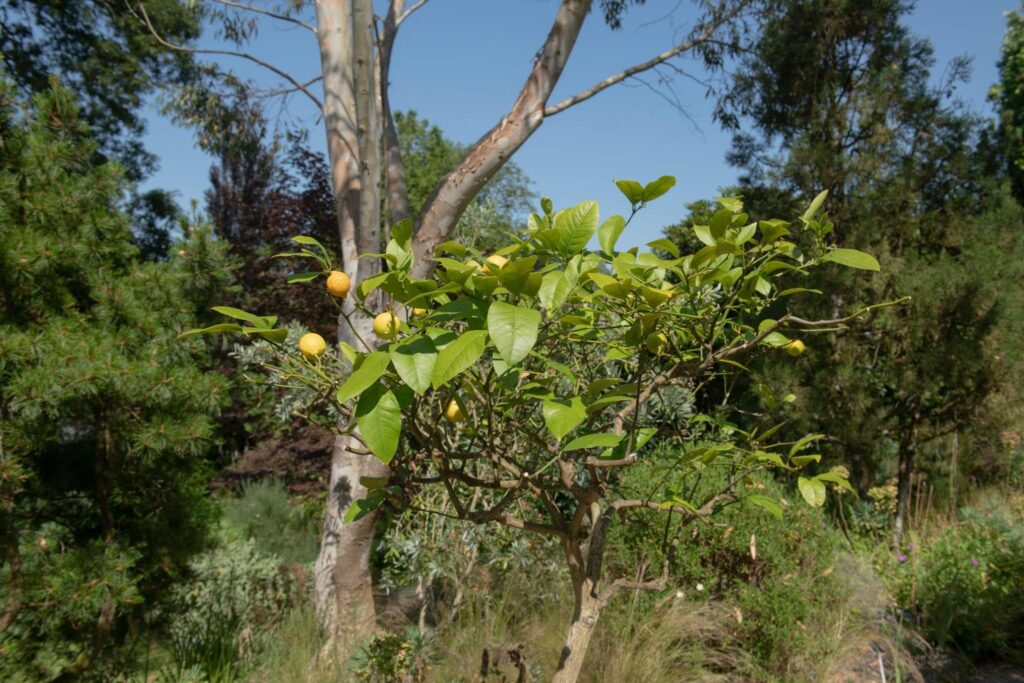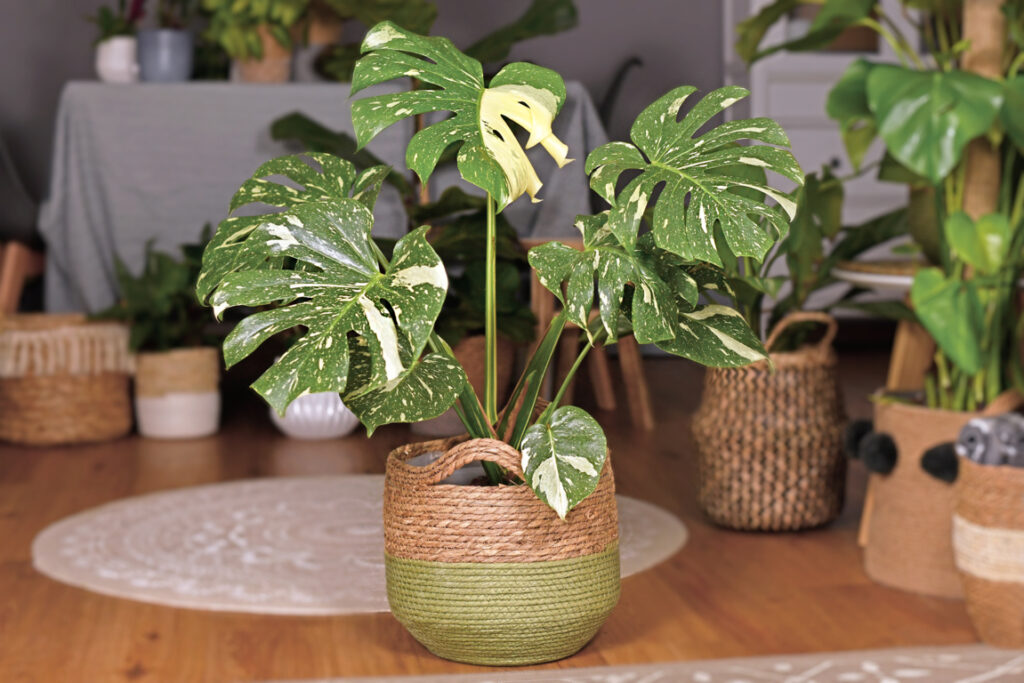
Pine trees take up to 25 years to mature. But something like pine wilt, for instance, can destroy a healthy pine tree within a few months. Not all pine tree afflictions are so fatal. Early identification of a problem can save your tree. So, how to tell if a pine tree is dying? Can you protect your pine?
Your dying pine tree might be experiencing:
- An excess or lack of water
- Fungal or insect infestations or
- Adverse environmental conditions
Dying pine trees show signs of damage, including loss of branches, brown needles, and holes in the bark. Identifying warning signs can help to solve any problems and save your pine tree.
A sick pine tree is visually unappealing and risky. If a large dead pine tree falls, it can be life-threatening
Worry not. Early identification of these problem signs can help prevent your pine tree from dying. Always remember to be prompt when taking action.
To begin, how to tell if a pine tree is dying? Can you spot any early warning signs and reverse them before it’s too late? Or is your pine tree dead already?
How to Tell if a Pine Tree is Dying?
There are many ways to tell if a pine tree is dying. Changes in appearance can help you identify problems with your pine tree. And all you must do is observe.
Here are some warning signs. If the problem is manageable, you can rectify it and revert it to a luscious green pine tree. There are seven warning signs. Let’s look at them one by one.
Excessive needle shedding

Pine branches have old leaves at the bottom and closer to the bark. New needles are green and grow at the tip of the branch. Old leaves typically change color after two to three years of growth and shed away.
It’s normal for pine needles to shed during early fall and late summer. Consider examining your pine tree if the needle shedding happens more often– especially if new needles begin to drop. Excessive sheddings can be due to drought, excess watering, insect infestations, nitrogen deficiency, or disease. Find the particular reason behind any shedding and treat it accordingly.
Discolored needles
Needle discoloration is the quickest way to spot unhealthy pine trees. Healthy needles are usually green, except for the old ones that become brown before shedding. Other discolorations apart might mean some serious trouble.
Insect and fungal infestations are two common reasons for color change. Insects like bark beetles turn the needles yellow or reddish-brown. As for diseases, each results in different changes to the needles. Here are some diseases and their resulting needle discolorations.
- Dothistroma needle blight turns needles brown or produces dark brown stripes
- Pine wilt fades the needles into gray-green or brown
- Diplodia blight turns the needles and the entire branch brown

Color changes in the needles can also be due to a lack of water. Underwatering can dry the roots, while over-watering or poor-draining soil can rot roots.
Missing bark

A healthy pine tree retains its bark through all four seasons. They shed their bark only when they are sick. If you notice any missing bark pieces in the tree, it’s time to investigate.
Missing small pieces of bark is normal. This can be due to external damage from birds like woodpeckers pecking. However, large chunks of bark peeling may mean disease and the need for immediate care.
One of the common reasons behind missing bark is canker sores. A canker is a sore spot due to infection or disease. These spots are susceptible to further insect and fungal infestations and can spread rapidly.
Small holes in the branches

Majestic pine trees are tempting dinners for insects. Check for bark beetle infestation if you notice any small holes in the trunks or branches of a pine tree. Bark beetles bore themselves into the wood of pine trees. They eat, breed, colonize and spread within the tree trunks and branches. To make things worse, they also bring harmful nematodes (plant parasites). These will slowly eat away the insides of pine trees.
Pinecone problems
Along with browning of needles, fungal diseases like diplodia blight can also affect pine cones. The fungus Sphaeropsis sapinea attacks pine trees during rainy seasons. It leaves behind small black spots on the cones, called sporocarps– the fruiting bodies of the fungi.
If you observe any black spots on pine cones, remove them along with their infected branches. Pruning eliminates the risk of future spread. Disinfect the infected areas with fungicide for further precaution and safety.
Weak spots or breaking branches
Heavy winds can break a branch or two in pine trees. But be cautious when this occurs too often. Weak spots in branches can break them more often. Diseases like fusiform rust can swell branches and make them soft. These swollen spots often attract borers and other insects. It also deforms the tree, making it more susceptible to breakage during high winds.
Overflowing sap
Oozing of pine tree sap is normal. It’s usually higher during the growing seasons and after pruning. Pine trees ooze sap to heal any cuts, damages, or infections. But, if the sap is overflowing, please consider examining the pine tree. This is often an indication of severe insect or fungal infection.
Also, check the sap color. Healthy sap is usually golden-brown. Any discolorations in sap color signals trouble!
Ways to Save a Dying Pine Tree
If you notice any of the warnings mentioned– act fast!
Most signs are detrimental, and any treatment delays can damage the tree forever. Opt for problem-specific solutions to get the best results. Here are some ways to help you save a dying pine tree.
Be prompt
Once you identify the problem with your pine tree, treat it immediately. Most insect and fungal infestations spread fast and cause severe damage. Be prompt. Treat these problems by yourself or get expert support. Either way, the more your delay, the more you lose.
Water
A lack of water will be the most manageable problem to solve. The trees become dry during summer or in other dry weather. Lack of moisture can dehydrate the needles and turn them brown. Treat drought troubles by watering your pine tree adequately.
Water the pine tree once a week until there is regular rainfall. Ensure you soak the soil thoroughly without the water reaching the trunk.
Use pesticides and fungicides
Pest and fungal infections are the worst problems. Most of these problems are one-way tunnels; the pine trees will never make it out. However, early treatment can be the best option to save your pine.
Note the symptoms and identify the related problem. You are lucky if the damage is minimal or the infections are only just beginning to spread. Apply the recommended pesticide or fungicide to affected areas, carefully following any warnings and instructions.
Prune the infection
Chop off the infected areas to stop any spread. Prune the affected areas in the early stages of insect or fungal infections as these problems dig deep into the sap. It’s best to eliminate them immediately to avoid any further spread.
While pruning, disinfect your pruning equipment frequently. This can prevent any disease from spreading to other trees. Always trim the branches in a 45-degree cut to encourage future growth.
Take expert help
If you need clarification on a problem or want to know more about the health of your pine tree, reach out to an expert. It may be better to let the expert examine the pine trees, even if you know the problem.
Is Your Pine Tree Dead Already?
Did you know dead pine trees can stand upright for several years before they fall? However, this constantly puts the lives around it at risk. As a safe practice, you can get rid of the pine tree if it’s over 50% dead. You never know when it might fall over.
How to tell if a pine tree is dying? Any sign of needle discoloration and excessive needle shedding are primary pointers for a dying pine tree. The reason for these can vary from improper care to untreatable fungal diseases. Make sure you identify signs of damage and treat them promptly. Prune the infected areas or cut the tree completely.
Frequently Asked Questions (FAQ)
What to do if you have a dead pine tree in your yard?
Dead pine trees are dull and kill the liveliness of your yard. Moreover, they are also life-threatening. Having a dead pine tree in your yard is dangerous as it might fall over at any time, putting all the lives around it at risk. Consult local tree experts and remove the dead tree ASAP!
Is a pine tree dead if it turns brown?
In general, no. It’s normal for needles to turn brown after they mature. However, if the browning is rapid and widespread, it can indicate health troubles. Drought and pine wilt are two main reasons for browning. If it’s drought, you can save the tree, but if it’s pine wilt, then pine tree death might be inevitable.
Does cutting off dead branches save a dying pine tree?
Yes. Pruning or cutting infected branches can save the pine tree by preventing the spread of further infection. It also helps in the even distribution of nutrients to all the healthy parts of the plants.
How to tell if a pine tree is dying from needle blight?
Needle blight results in reddish-brown spots on the needles. The tips of the needles become dark brown and lifeless, while the bottom stays vibrant green. This eventually spreads throughout the branches, converts the entire needle brown, and results in shedding.



